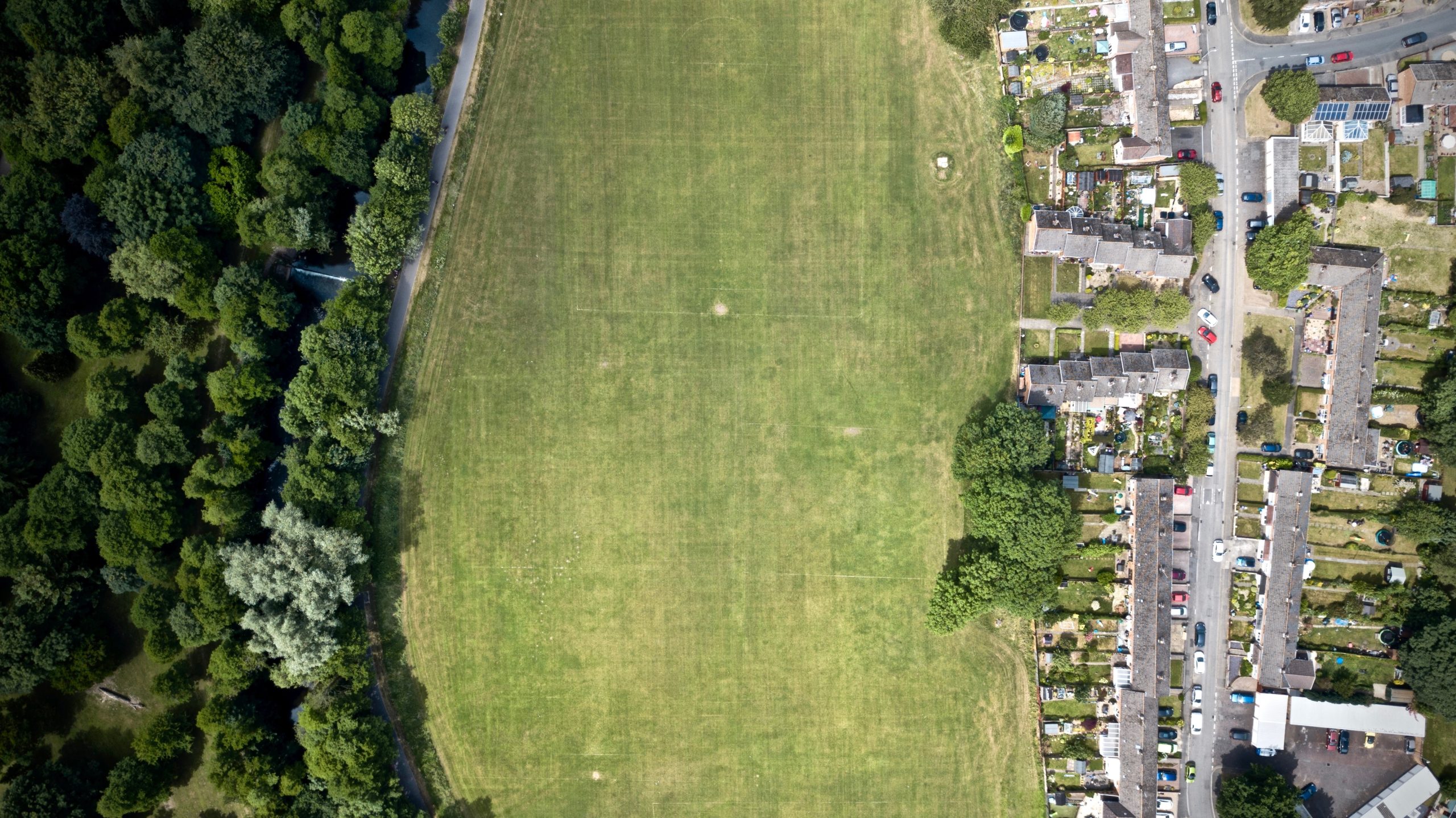Synopsis
Large-scale communities increasingly treat golf as essential green infrastructure rather than an amenity bolted on at the end of planning. Early engagement with a golf consultant for real estate project clarifies zoning nuances, storm-water quotas, and market demand, setting financial reality alongside design aspiration. Converting that intelligence into routing corridors falls to a golf course architect for real estate project, whose mastery of setbacks, view corridors, and grading balance protects both back-garden privacy and fairway strategy. Working shoulder-to-shoulder, a realty golf course architect positions playable landforms where housing premiums peak while directing cart paths and maintenance roads away from residential silence. Specialists in new golf course design then weave carbon-smart earthworks into the layout, cutting haulage volumes and safeguarding native habitat. Collaboration with data-driven golf course design companies refines irrigation zoning so the development meets modern water-use codes without compromising playability. A seasoned golf architect finally audits construction phasing so homeowners enjoy phased openings rather than years of earth-moving chaos. The collective process yields a seamless coexistence between real estate and golf, elevating land value while championing environmental stewardship.
Table Of Content
- Why Real-Estate Master Plans Need Golf Expertise
- Setting Land-Value Goals Through Early Consultancy
- Routing Corridors That Respect Homes and Habitat
- Engineering Earthworks for Low-Carbon Construction
- Irrigation and Storm-Water Synergy in New Design
- Phasing Build-Out Around Resident Well-Being
- How NWD Golf Aligns Property and Play
- Service Spectrum for Long-Term Asset Growth
Why Real-Estate Master Plans Need Golf Expertise
Residential precincts thrive when open space carries functional weight—storm-water detention, habitat linkage, and visual relief. In practice, that responsibility rests on a golf consultant for real estate project who reads both subdivision finance and agronomic science. Before lot lines are inked, the consultant models how golf corridors can double as linear parks, absorbing runoff that would otherwise demand costly underground tanks. Once these multifunctional strips are identified, a golf course architect for real estate project reviews them for strategic shot values, ensuring cross-play safety and homeowner sight-line premiums dovetail. This two-tier expertise prevents late-stage redesigns that plague schemes where golf was an afterthought.
Setting Land-Value Goals Through Early Consultancy
A seasoned golf consultant for real estate project benchmarks comparable communities, correlating frontage depth, fairway width, and resale velocity. Their feasibility models reveal how widening corridors by even ten metres can lift adjacent lot pricing enough to offset turf establishment costs. A proactive realty golf course architect then plots tee and landing zones to protect that incremental value, using bunkers or grass hollows as soft buffers rather than hard fencing. By treating property economics and golf aesthetics as co-equals, the master plan secures financial resilience before the first sod is cut.
Routing Corridors That Respect Homes and Habitat
The golf course architect for real estate project begins routing by overlaying wildlife corridors and riparian buffers on cadastral maps. Holes are then angled so that drives leave roofs untouched yet still flirt with natural hazards, rewarding bold lines. A complementary golf architect designs internal trail loops along rough margins, giving residents non-golf access to open space without crossing playing lines. Such holistic threading satisfies environmental regulators, marketing teams, and future golfers in one gesture.
Engineering Earthworks for Low-Carbon Construction
Earth-moving remains the biggest cost and carbon line-item in new golf course design. Data models prepared by golf course design companies pinpoint cut-fill equilibrium, allowing the realty golf course architect to route around borrow pits rather than rely on imported fill. Cross-slope greens are floated atop native subgrades instead of perched on excessive cap layers, slashing diesel hours by double digits. The approach proves that strategic intent and sustainability thrive when soil choreography precedes bulldozer choreography.
Irrigation and Storm-Water Synergy in New Design
Water allocation licences tighten yearly, especially where new housing strains supply. In response, a golf architect groups high-maintenance turf inside corridors already earmarked for recycled-water mains. A network of ornamental lakes, sized by golf course design companies, captures roof run-off from adjacent homes. The golf course architect for real estate project places risk-reward carries over these lakes, transforming civil-works obligation into strategic theatre. By linking hydrology to shot value, the course defends its water budget while elevating player experience.
Phasing Build-Out Around Resident Well-Being
Noise, dust, and haul traffic can sour homeowner sentiment if poorly sequenced. An experienced golf consultant for real estate project therefore staggers earthworks so outer holes buffer occupied streets, keeping heavy machinery out of sight. The realty golf course architect overlays temporary safety nets that convert shaping zones into walking tracks until seeding commences. These tactics maintain liveability during multi-year construction, preserving brand equity across sales cycles.
How NWD Golf Aligns Property and Play
NWD Golf treats land value, environmental metrics, and golfer delight as interlocking gears, not isolated check-boxes. Cross-disciplinary teams—planning economists, hydrologists, shapers—meet under one roof, enabling real-time iterations that typical outsourced models cannot match. By uniting new golf course design with financial modelling, the studio ensures every contour amplifies both playing strategy and neighbourhood desirability.
Service Spectrum for Long-Term Asset Growth
From initial feasibility to post-handover agronomy audits, NWD Golf delivers a continuum of care. Site analysis decodes soil hydraulics; schematic layouts secure balanced earthworks; design development refines irrigation grids; construction observation verifies sub-grade fidelity; and renovation advisories future-proof greens against shifting climate norms. Collectively, these services uphold asset value for developers and residents alike.
How early should a golf consultant for real estate project join the planning team?
Ideally, the consultant joins at the land-acquisition stage, before lot grids fix alignment. Early presence allows golf corridors to absorb storm-water, define view premiums, and guide traffic layouts. Waiting until design development often triggers costly re-platting and missed frontage opportunities. Early engagement also clarifies regulatory paths, smoothing approvals downstream.
What distinguishes a golf course architect for real estate project from a resort architect?
Real-estate-focused architects juggle play strategy with property frontage economics, setback codes, and homeowner privacy. They engineer sight lines that maximise sales value while maintaining safe angles of play. Resort architects target guest experience above all; residential architects must balance market absorption, phased build-out, and long-term maintenance budgets as well.
Why does new golf course design emphasise cut-fill equilibrium?
Balanced earthworks reduce diesel consumption, haul-road wear, and import costs. When designers model cut-fill early, they retain natural ridges that enrich shot values while lowering carbon output. Equilibrium also accelerates construction schedules, allowing housing phases to launch sooner and shortening return-on-investment timelines.
How do golf course design companies manage water budgets in integrated communities?
Firms map recycled-water mains, roof-run-off channels, and detention basins into the earliest schematics. Advanced modelling sizes lakes for dual roles—irrigation reserve and flood attenuation. Variable-rate rotor grids then target high-stress turf only, trimming potable demand. Such layered water strategy meets licensing caps without compromising turf performance.
What role does a golf architect play after course opening?
Post-opening, the architect audits green speeds, bunker performance, and edge turf wear, ensuring design intent survives grow-in. They advise on tree-canopy management as houses mature, recalibrate mowing lines for modern equipment, and consult on targeted renovations that keep strategy fresh as player technology evolves.
Vijit Nandrajog holds a master’s degree in Golf Architecture from Scotland and has led design solutions across Asia, Africa, and the Middle East for nearly two decades. Known for aligning environmental stewardship with real-estate value, he serves on multiple regional golf boards and contributes regularly to industry journals. At NWD Golf, Vijit guides integrated land-planning strategies that harmonise community growth and compelling play.
- Vijit Nandrajoghttps://nwdgolf.com/blogs/author/vijit-nandrajog/
- Vijit Nandrajoghttps://nwdgolf.com/blogs/author/vijit-nandrajog/
- Vijit Nandrajoghttps://nwdgolf.com/blogs/author/vijit-nandrajog/
- Vijit Nandrajoghttps://nwdgolf.com/blogs/author/vijit-nandrajog/


